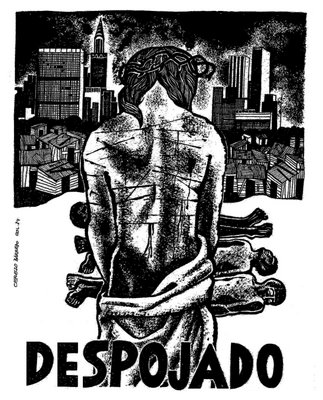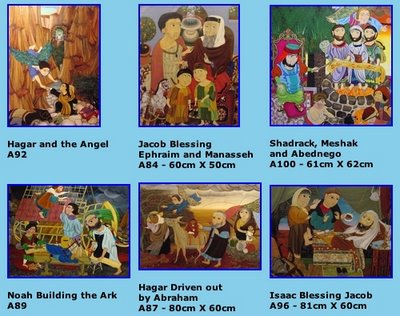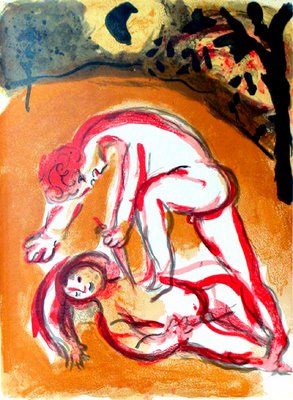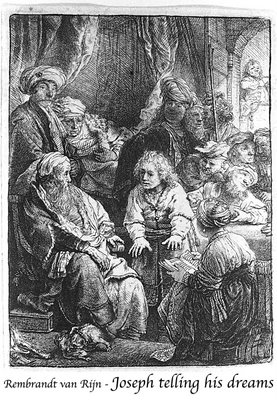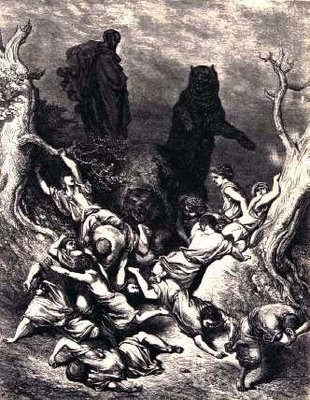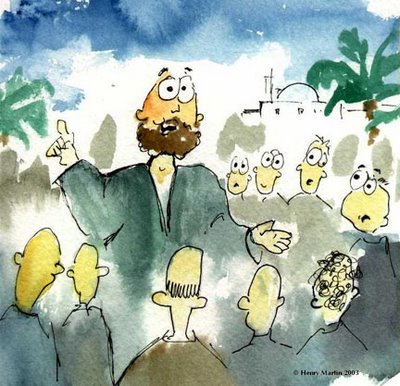I am starting this blog because of an educational problem evident in the 21st C. Having moved from the modernist,
"Dr Spock of the old Enterprise" generation toward late modernity, we are presently encountering a generation which is "post-literate," "Net-savvy," and certainly more visually attuned. In this world we live in, communication is at lot more visual. Just look at how hawker centres in Singapore have been transformed. The old sign boards used to have a line of red Chinese text followed by a line of blue English texts on a white background. Now a lot of the new signboards are a multimedia experience to behold.
In my teaching, I have also tried to be more sensitive to the
information processing styles of students. I have tried to respect the reality of
multiple intelligences, the presence of
visual learners, the learning preferences of
concrete relational learners (see p31-2 of Cole's article).
In my recent search/research spanning over a year, I have discovered a wealth of visual resources which can be used for communicating the many stories found in the bible. Some of these images were created in series to tell as story. Some of the images are interpretations of a moment of time recorded in the Bible.
Interestingly, as I sought to explore the use of these images for communication and educational purposes, the fact that images contain levels of the artist's social location and interpretation which shout out at the viewer (sometimes even louder than the biblical idea!) was a theme which kept repeating itself. Viewing a pictorial representation of the biblical text is never "a simple act of appropriating biblical truth." There are many layers that need to be negotiated...to paraphrase
Eileen M. Daily, communicating through art involves the telling of four stories: i) the retelling of the biblical narrative, ii) the story of the community for whom the artist was painting, iii) the artist's personal story, and iv) the story of the Holy Spirit's action of inspiring. Visit
this link and you will understand what I mean!
A visual image is thus, to use her metaphor, a multi-storied building--which is the reason why there is need to do "visual exegesis." While it is aimed at creating awareness of the many Bible visual sites, it also invites dialogue and reflection about why we feel certain ways about certain images because of the interplay between the four stories.
What I am planning to do is to introduce several sites which contain great bible visuals and along the way make short commentaries about them.
At a later time, I will put up a short reference list of books and articles which contribute to our learning.




